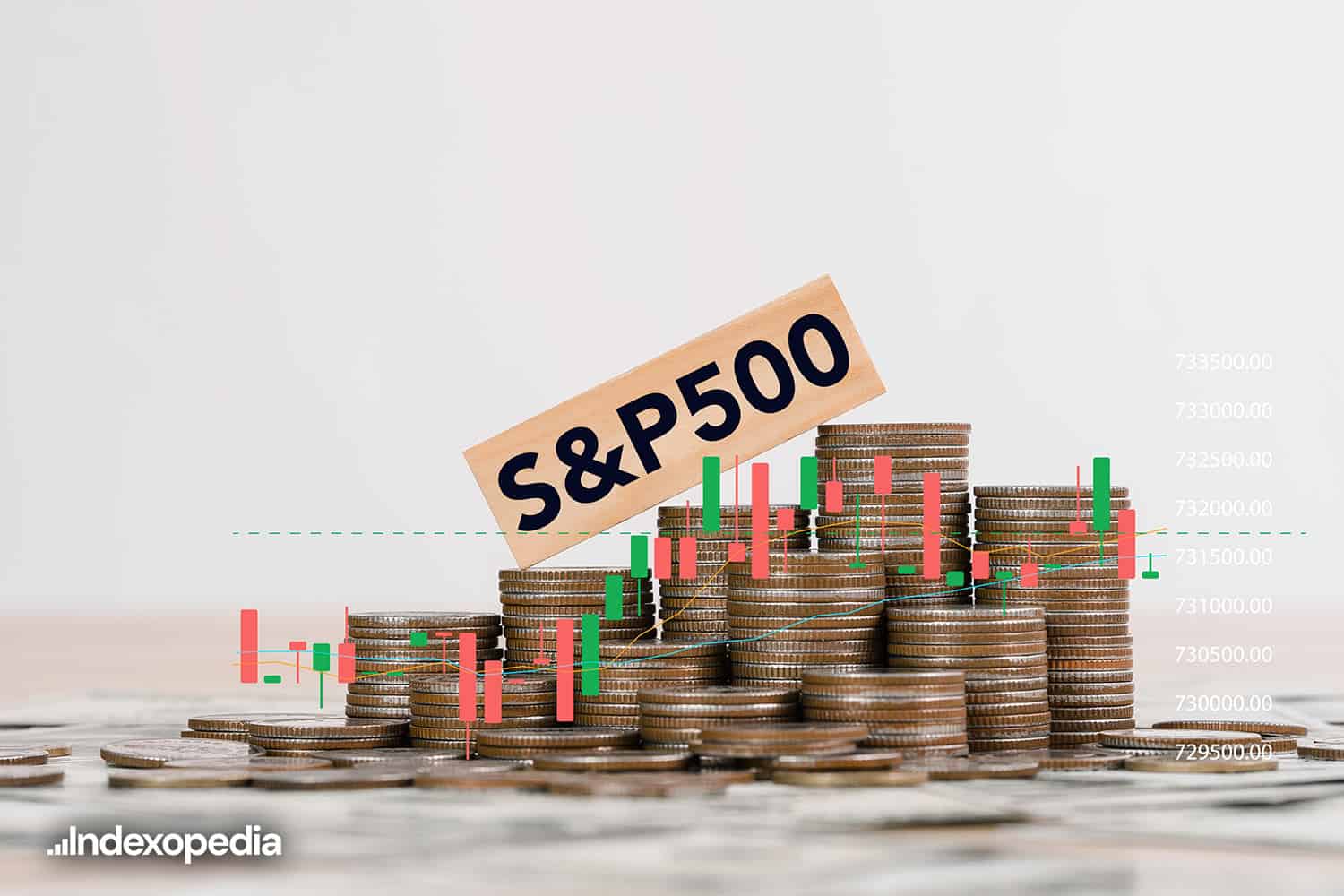

Not all indexes are constructed equally. Two primary approaches are market-cap-weighted indexes and equal-weighted indexes, each offering distinct characteristics, risks, and potential returns. Historically, the equal-weighted S&P 500 Index has outperformed the market-cap weighted S&P 500 index, but each has their time in the sun: (an index is unmanaged, and you cannot directly invest in an index) You may notice that the equal-weighted index often performs better during down markets. This can be seen after the bursting of the dot-com bubble in 2000, and in the wake of the ’07-’08 financial crisis. While it is important to understand the differences between a market-cap and equal-weighted index, investors should avoid thinking that the grass is greener on the other side. We believe that pursuing a balanced, long-term strategy is the way to build lasting wealth. Market-Cap-Weighted Indexes Market-cap-weighted indexes allocate a higher percentage to companies with larger market capitalizations. The index’s value reflects the combined value of each company’s shares outstanding multiplied by the share price, assigning more weight to bigger companies. Popular market-cap-weighted indexes include the S&P 500, the Nasdaq Composite, and the MSCI World